Authors
Z. Swiderska-Chadaj, H. Pinckaers, M. van Rijthoven, M. Balkenhol, M. Melnikova, O. Geessink, Q. Manson, M. Sherman, A. Polonia, J. Parry, M. Abubakar, G. Litjens, J. van der Laak, F. Ciompi
Abstract
The immune system is of critical importance in the development of cancer. The evasion of destruction by the immune system is one of the emerging hallmarks of cancer. We have built a dataset of 171,166 manually annotated CD3+ and CD8+ cells, which we used to train deep learning algorithms for automatic detection of lymphocytes in histopathology images to better quantify immune response. Moreover, we investigate the effectiveness of four deep learning based methods when different subcompartments of the whole-slide image are considered: normal tissue areas, areas with immune cell clusters, and areas containing artifacts. We have compared the proposed methods in breast, colon and prostate cancer tissue slides collected from nine different medical centers. Finally, we report the results of an observer study on lymphocyte quantification, which involved four pathologists from different medical centers, and compare their performance with the automatic detection. The results give insights on the applicability of the proposed methods for clinical use. U-Net obtained the highest performance with an F1-score of 0.78 and the highest agreement with manual evaluation (κ =0.72), whereas the average pathologists agreement with reference standard was κ =0.64. The test set and the automatic evaluation procedure are publicly available at lyon19.grand-challenge.org.
More Publication
-
Convolutional Neural Networks for the Evaluation of Chronic and Inflammatory Lesions in Kidney Transplant Biopsies
01 October, 2022 • By Peter Bandi
Read more -
Artificial intelligence for diagnosis and Gleason grading of prostate cancer: the PANDA challenge
13 January, 2022 • By Jeroen van der Laak
Read more -
Deep learning in histopathology: the path to the clinic
14 May, 2021 • By Jeroen van der Laak
Read more -
Deep learning enables fully automated mitotic density assessment in breast cancer histopathology
01 October, 2020 • By Jeroen van der Laak
Read more -
Artificial intelligence assistance significantly improves Gleason grading of prostate biopsies by pathologists
05 August, 2020 • By Jeroen van der Laak
Read more -
Automated deep-learning system for Gleason grading of prostate cancer using biopsies: a diagnostic study
01 February, 2020 • By Jeroen van der Laak
Read more -
Deep Learning–Based Histopathologic Assessment of Kidney Tissue
01 October, 2019 • By Thomas de Bel
Read more -
Quantifying the effects of data augmentation and stain color normalization in convolutional neural networks for computational pathology
21 August, 2019 • By Jeroen van der Laak
Read more











